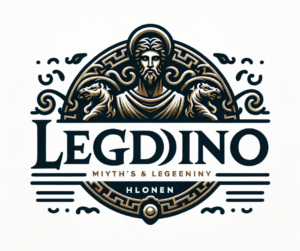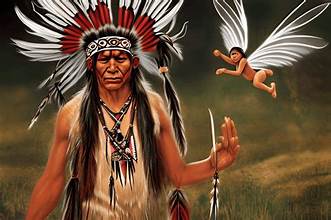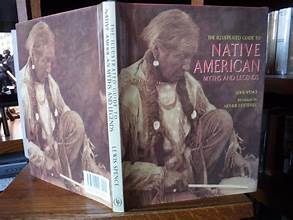
Native American folklore is a vibrant and integral aspect of the cultural heritage of the indigenous peoples of North America. Rich with myths, legends, and cultural insights, it offers a deep understanding of their worldview, values, and traditions. This article delves into the captivating realm of Native American folklore, exploring its diverse myths, legendary figures, and the cultural contexts that shape them.
The Foundations of Native American Folklore
Native American folklore encompasses a vast array of stories, beliefs, and practices that have been passed down through generations. These narratives often reflect the deep connection between indigenous peoples and their natural environment. They provide explanations for the origins of the world, natural phenomena, and human existence, often incorporating elements of the supernatural and divine.
Myths and Legends: A Glimpse into Native American Beliefs
The Creation Myths
Creation myths are central to many Native American cultures, each offering a unique perspective on the origins of the world and humanity. For example, the Iroquois creation story describes how the world was formed from a vast expanse of water, with the help of the Sky Woman who fell from the heavens. Similarly, the Navajo creation myth involves a series of worlds, each representing different stages of creation, culminating in the emergence of the present world.
Legendary Figures
Native American folklore is rich with legendary figures who embody cultural values and teachings. One such figure is Coyote, a trickster deity found in many Native American traditions, including those of the Plains and Southwestern tribes. Coyote is known for his cleverness and cunning, often using his wits to outsmart other beings, yet his actions sometimes lead to unintended consequences.
Another prominent figure is the Thunderbird, a powerful spirit in the form of a giant bird. In the mythology of the Pacific Northwest tribes, the Thunderbird is associated with thunder, lightning, and storms, symbolizing strength and authority. The Thunderbird is often depicted as a guardian of the natural world and a protector of the community.
Cultural Insights Through Folklore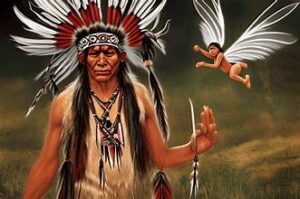
The Role of Nature
Nature plays a crucial role in Native American folklore, with many myths and legends reflecting a deep respect for the natural world. Animals, plants, and natural phenomena are often personified and imbued with spiritual significance. For instance, the deer is a symbol of gentleness and grace, while the bear represents strength and bravery. These animals are frequently featured in stories that teach moral lessons and convey the interconnectedness of all living things.
Spirituality and Rituals
Folklore also provides insights into the spiritual practices and rituals of Native American cultures. Many stories are intertwined with ceremonial practices, such as the Sun Dance of the Plains tribes or the Potlatch of the Pacific Northwest. These rituals often involve communal participation and are meant to honor deities, ancestors, and the natural world. Through these ceremonies, communities maintain a connection to their heritage and reinforce their cultural identity.
Preserving and Sharing Native American Folklore
Efforts to preserve and share Native American folklore are crucial for maintaining cultural heritage. Indigenous communities are actively involved in recording and teaching their stories to ensure they are not lost to history. Cultural centers, museums, and educational programs play a significant role in this endeavor, offering resources and opportunities for both indigenous and non-indigenous people to learn about and appreciate Native American traditions.
The Impact of Folklore on Contemporary Culture
Native American folklore has also made its mark on contemporary culture, influencing literature, art, and media. The rich imagery and themes found in traditional stories have inspired countless works, from novels and films to visual art and music. By incorporating elements of Native American folklore, contemporary creators contribute to a broader understanding and appreciation of indigenous cultures.
Conclusion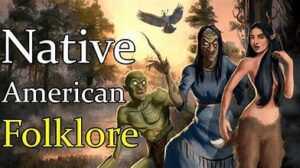
Exploring Native American folklore provides a window into the rich tapestry of myths, legends, and cultural insights that shape the indigenous peoples of North America. These stories not only offer a glimpse into the spiritual and cultural practices of Native American communities but also highlight the enduring connection between people and the natural world. As we continue to learn about and honor these traditions, we contribute to the preservation and celebration of a vital aspect of human heritage.
